Christopher Makos is really busy. The internationally acclaimed photographer perhaps best known for his longtime friendship and frequent collaborations with the late Andy Warhol has had a good bit to do with the Netflix limited series The Andy Warhol Diaries, which premieres this week, and is spending a lot of time talking to people like me about it. Makos not only consulted on the hotly anticipated series, he and his work appear in it throughout. Inspired partly by that experience, he’s also put together a new book of his Warhol modeling portraits (indeed, Andy was a working model) to complement it. Throw in preparations for two upcoming major exhibitions, and you get my point about busy.
After a bit of a chase, I caught up with Makos on the eve of The Warhol Diaries premiere to talk about that and much more.
CJ: Christopher! Where are you now and what are you doing?
MAKOS: I’m in New York City doing interviews for the Netflix series, the new book, prepping for upcoming shows in New York at the Daniel Cooney gallery on May 5th and Los Angeles at David Fahey on September 29th…so I’m pretty busy.
CJ: I’ll get a move on then. How did you and Andy meet?
MAKOS: Dotson Rader, the writer. I knew him in New York when I first came here and he introduced me to people like Tennessee Williams, Gore Vidal, and got me into the writing world. And then he had taken me to a big Warhol thing up at the Whitney. And that’s when I first met Andy. At the time, I was surprised because I didn’t even know he was still alive. I thought he had died during the whole Valerie Solanas thing.
CJ: I see. And?
MAKOS: Andy asked me if I wanted to go hang out at Max’s Kansas City. Remember I was just fresh from California, and I was all about sunshine, going to the beach, and such. So I didn’t go because I just thought it was too grimy or something. I don’t know. It just wasn’t my scene. Then I had this exhibition called Step On It where I took all my photographs and put them on the floor and then covered it with plexiglass so that when the people came into the exhibition, there was nothing on the walls. It was all just on the floor. And I thought that would be a perfect time to get Warhol to come see my work, but he was busy that night. And so he sent Bob Colacello, and Bob loved it, saying I should come to the Factory and so forth and that’s how we really met. So I finally connected with Andy, but in the way that I wanted to, which was…
CJ: Work.
MAKOS: Right. Through work, not through just being another pretty blonde kid from Southern California.
CJ: A lot of people assume that you were some sort of protege of Andy’s, perhaps because of the 20 year age difference, but it was you who got him deeper into photography. You introduced him to the work of Keith Haring and Jean-Michel Basquiat, the latter of course whom ended up being one of the central figures in Andy’s later life. So, then, one could almost say that you were each other’s proteges, no? Muses?
MAKOS: Yeah. Well he was my muse, I would say.
CJ: And what were you to him?
MAKOS: I was his mentor as far as photography goes. He taught me the art of business and I taught him the art of photography.
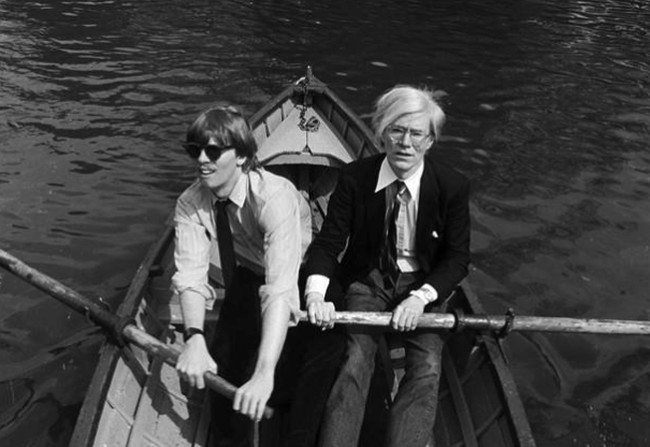
CJ: Nice. So the main reason for our chat is the Netflix limited series, The Andy Warhol Diaries, adapted from Pat Hackett’s 807 page book of the same name that came out in 1989. Before we get into that, did you know back in the day that Andy was calling Pat every morning, keeping a diary?
MAKOS: Oh yes. It really started because Andy had been audited. And so after that he wanted to just record what he did every day, like “Went uptown $5.50 taxi ride,” “Had lunch with so-and-so, $55,” Andy was always documenting the world around him with either video cameras or still cameras, but he never was really writing anything down. So anyway then it grew into “Bianca Jagger brought Mick with her and we had dinner at Le Cirque and then I bumped into Nan Kempner and we had a nice talk and she’s going to come to the Factory and I found out she’s hanging out with…” you know what I mean? It’s funny that they don’t mention that in the Netflix series, because it’s an interesting fact that it started that way.
CJ: It evolved basically from a ledger into…
MAKOS: The Diaries could be called Warhol’s ledger.
CJ: So moving from the actual diaries to the new Netflix series adapted from them, give us a sense of your involvement. I remember first hearing you talking about participating in it a few years ago when we were working together on a music project in New York.
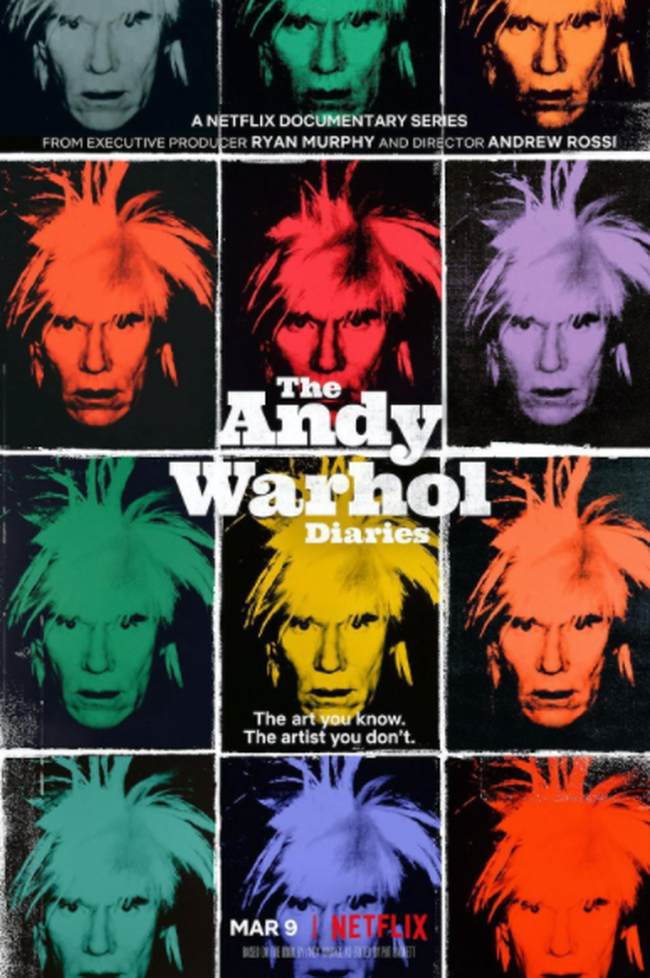
MAKOS: Well, my involvement was twofold. One, I licensed my entire 10-year catalog of pictures of Warhol to Netflix. So you see lots of my pictures in it and some of my videos. And as for on-camera involvement, I did a couple of days worth of interviews, talking about my experiences, and gave a sort of insight into the personal side of Andy. Myself, Bob Colacello and Vincent Fremont…we were like core family members. We were very close to Andy in that way.
CJ: I’m assuming you’ve seen the entire finished product?
MAKOS: I’ve seen all six episodes, yeah.
CJ: What was it like for you at the end of the sixth episode? How did you feel? The crafting and the accuracy, the visuals, were you pleased?
MAKOS: Visually, it’s very well done. I’ve seen it once. I don’t think I’ll see it again because I’m a right here right now person, not a person who wants to go back and revisit my past or history, though I have a great respect for it. I mean these documentaries and such, they serve a great purpose. Someone who doesn’t know a lot about Warhol, for example, will see this thing and learn a lot of truth.
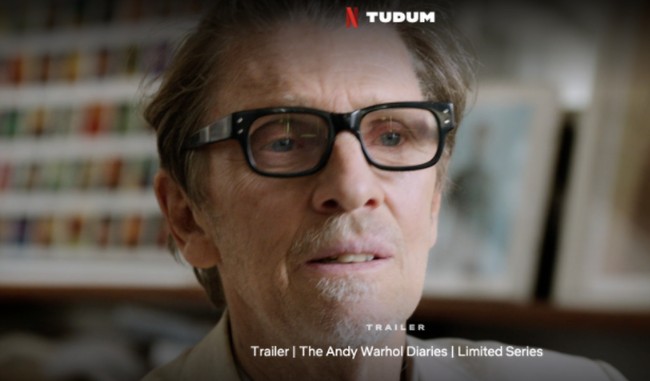
CJ: I’m going to hit you with one more question about at the documentary, and then we’ll talk a little bit about your new book, which is related, but what do you think Andy’s reaction would be to the series?
MAKOS: He would like that somebody had done something on him. He might have disputed some of the things but remember as I said earlier Andy loved to make up stories too. So in many ways, parts of this are conjecture. So it all fits into his playbook. He would’ve certainly liked it overall because it would’ve just taken his brand to the next level.
CJ: Let’s move on to the new book. As I understand it, you were inspired to put it together — and by the way, all of your books are extraordinarily beautiful as I’m sure this one is — but you were inspired as I understand it, by working on the series?
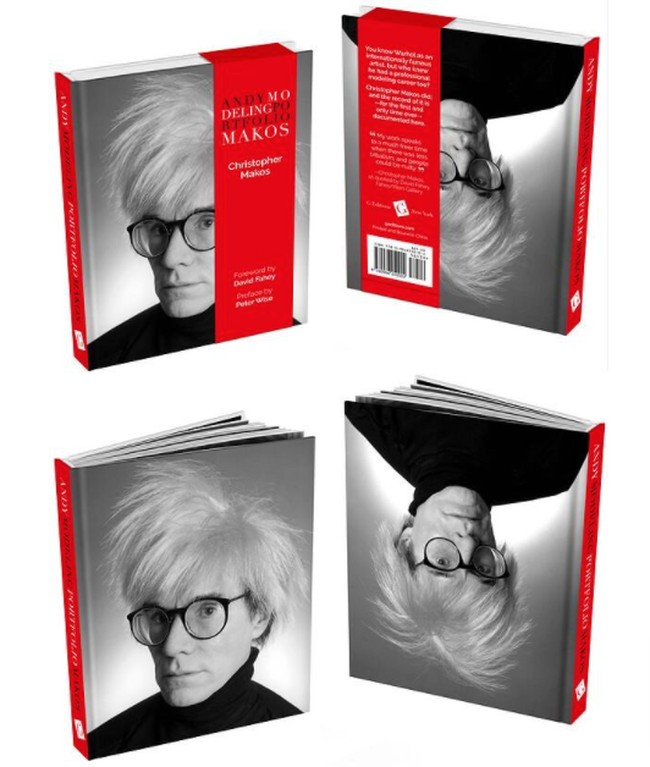
MAKOS: Well, I never thought I would do another Warhol book because I just thought I had covered the subject matter enough. But then I thought to myself, this Netflix production presents a great opportunity to share something new about what I have done with Andy. And of course that new thing is that I had done these six or seven different photo shoots that were based on Andy modeling. Around that time, companies like Sony would come to him and ask him if he would endorse products, and Andy’s business manager Fred Hughes didn’t know how to price these things…so we thought the better thing to do would be to just sign with a major modeling agency. So we put the book, Andy Modeling Portfolio Makos, together with different chapters based on different looks we shot. David Fahey wrote the introduction. David is one of the most important photography dealers in America. My longtime associate and dear friend Peter Wise, who knows my archives even better than I do, wrote the preface.
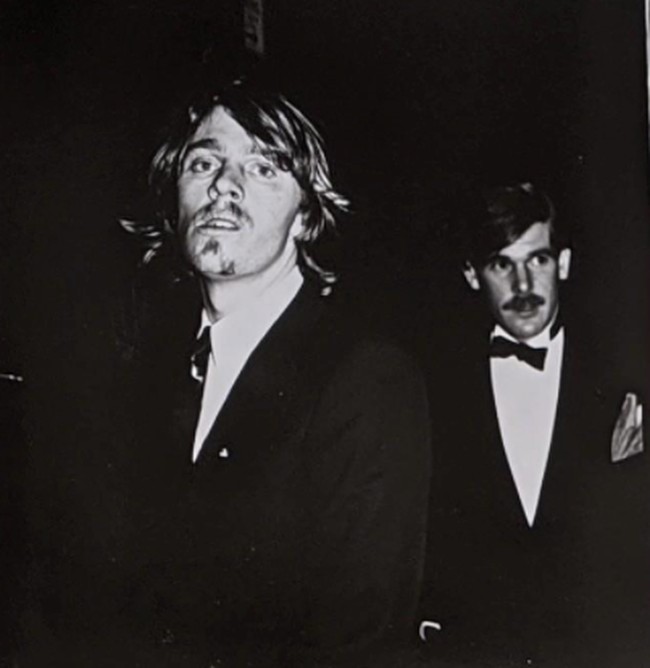
CJ: And it compliments the Netflix series because of the uniqueness of theme.
MAKOS: Yes. Netflix shows a little known side of Warhol and what I’ve done with the book is the same thing. So they certainly compliment each other in that regard. It’s a companion piece and along with the production company and the director and the producer…we’re all very excited about it.
‘The Andy Warhol Diaries’ limited series streams on Netflix beginning March 9th. Andy Modeling Portfolio Makos will be released on March 29th and is available for pre-order now.


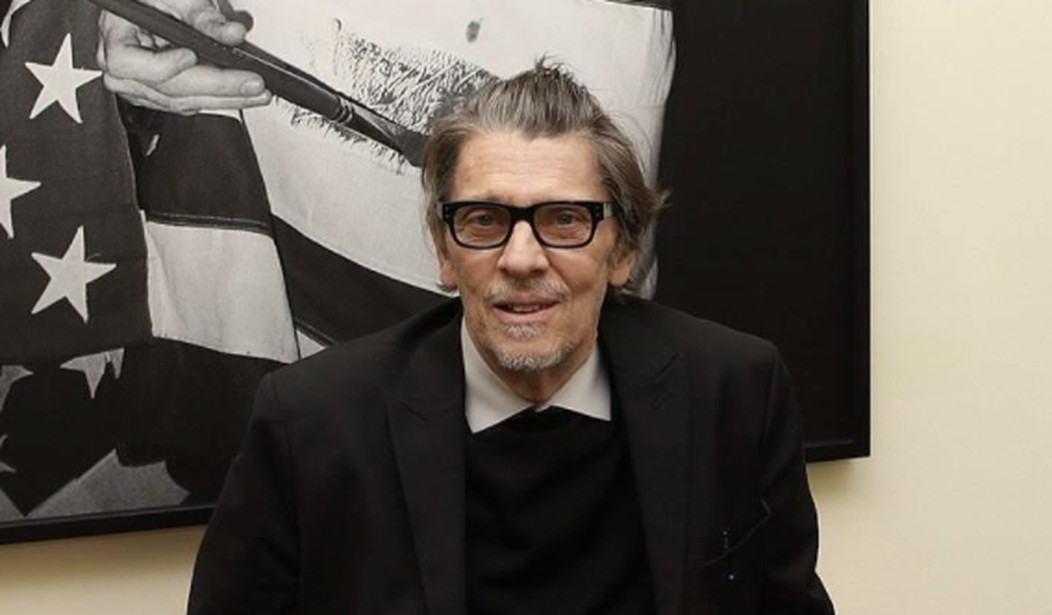
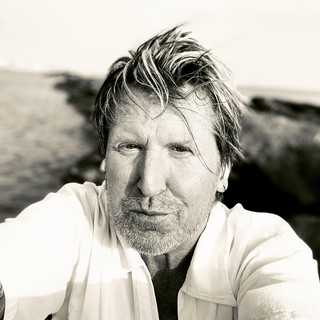


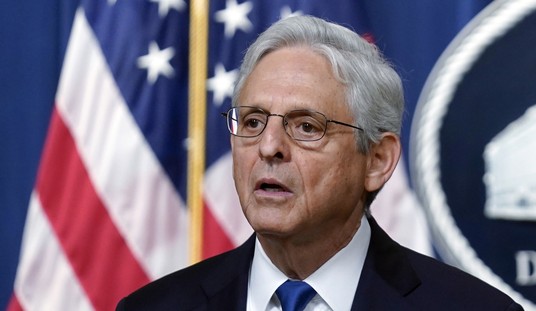


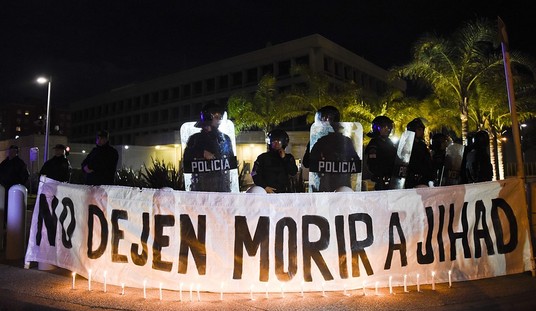
Join the conversation as a VIP Member